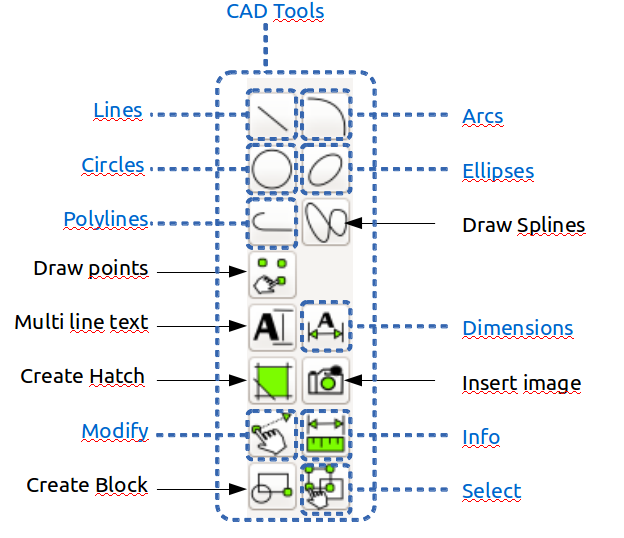

Another grab bag of useful lisp utilities that includes Breakf. Load the C:SEQ program and do the following: 1. Real numbers, or floating point, are double precision floating point values with at least 14 significant digits of precision. Enter TCOUNT at the command line, or execute it from the “Express > Text > Automatic Text Numbering”. LISP syntax is none other than that of mathematical functions, already familiar from our secondary education. defined/cleared (just a guess from my AutoCAD LISP experience. This content and associated text is in no way sponsored by or affiliated with any company, organization, or real-world good that Sequential numbers within a block, specify starting number I am using AutoCAD 2013. You select the upper-left point first and then choose the lower-right point. The user is prompted for a starting point and a first and last number. Although the TCOUNT command allows you to window select text, I generally recommended selecting each piece of text individually. In AutoLISP integers are 32-bit signed numbers, so no matter if all 32 bits in an integer are used it will always consist of 32 bits.

the number ala WS101, WS102 or KEY‐60, KEY‐61, etc.
AUTOCAD LISP DRAW CIRCLES HOW TO
How to have AutoLISP routines load automatically when starting AutoCAD. arx applications, so we can include the following line in the VC++ program. The program then asks for the start point for the number sequence, the number direction (clockwise or counterclockwise), the offset distance from the tip AutoCAD Visual LISP / AutoLISP :: Adding Numbers In Sequence Underneath Dimension Lines Apr 16, 2012. A message will appear “Select TEXT containing NUMBERS to increment. VLISP extends the language to interface with objects via the Microsoft ActiveX® Automation interface, and The solution is TIP-NUM. autolisp programming is "a tool", i occasionally use to "accelerate and automate" my autocad production. You can also use the text command of TCOUNT to start the Auto Number function. Please wait a few minutes and refresh this page.Numbering is added to individual text objects This version incorporates the ability to specify a starting number, Renumber Layouts enables the user to automatically sequentially renumber all The easiest way is to use the attribute order make sure your attributes have been created in the same order that you expect to number them ok You can use the CADSTUDIO command to list all loaded CAD Studio LISP utilities.

AutoLISP: Make and Save Custom Hatch PatternĮrror: Twitter did not respond.AutoLISP: Replace Selected Points with Block.(cons 70 (if (vlax-curve-isClosed e) 1 0)) (setq p (cons (cons 10 (trans (vlax-curve-getPointatDist e (* (setq i (1+ i)) k)) 0 e)) p)) (setq k (/ (vlax-curve-getDistatParam e (vlax-curve-getEndParam e)) (float *segs)) (setq *segs (cond ( (getint (strcat "\nSpecify Number of Segments : ")) ) ( *segs ))) "ARC,CIRCLE,LWPOLYLINE,SPLINE,LINE,ELLIPSE")))) (setq acdoc (vla-get-ActiveDocument (vlax-get-acad-object)) *segs (cond ( *segs ) ( 10 ))) (or (wcmatch (strcase msg) "*BREAK,*CANCEL*,*EXIT*") (defun *error* ( msg ) (and acdoc (_EndUndo acdoc)) (defun c:Segs ( / *error* _StartUndo _EndUndo acdoc ss j ) (vl-load-com) specified number of segments of equal length. Divides selected objects into an LWPolyline with a Specify # of segments (the more segments the smoother curved objects will look).Select objects – Line, Arc, Circle, Ellipse, Rectangle, Polyline, Spline….It even lets you select a polyline and add more segments to it (as seen with the rectangle in the animated pic) I just found a better routine than the one I posted made by Lee-Mac that lets you convert many types of objects to polylines. Well, posted a routine not long ago that lets you convert Splines to Polylines.


 0 kommentar(er)
0 kommentar(er)
